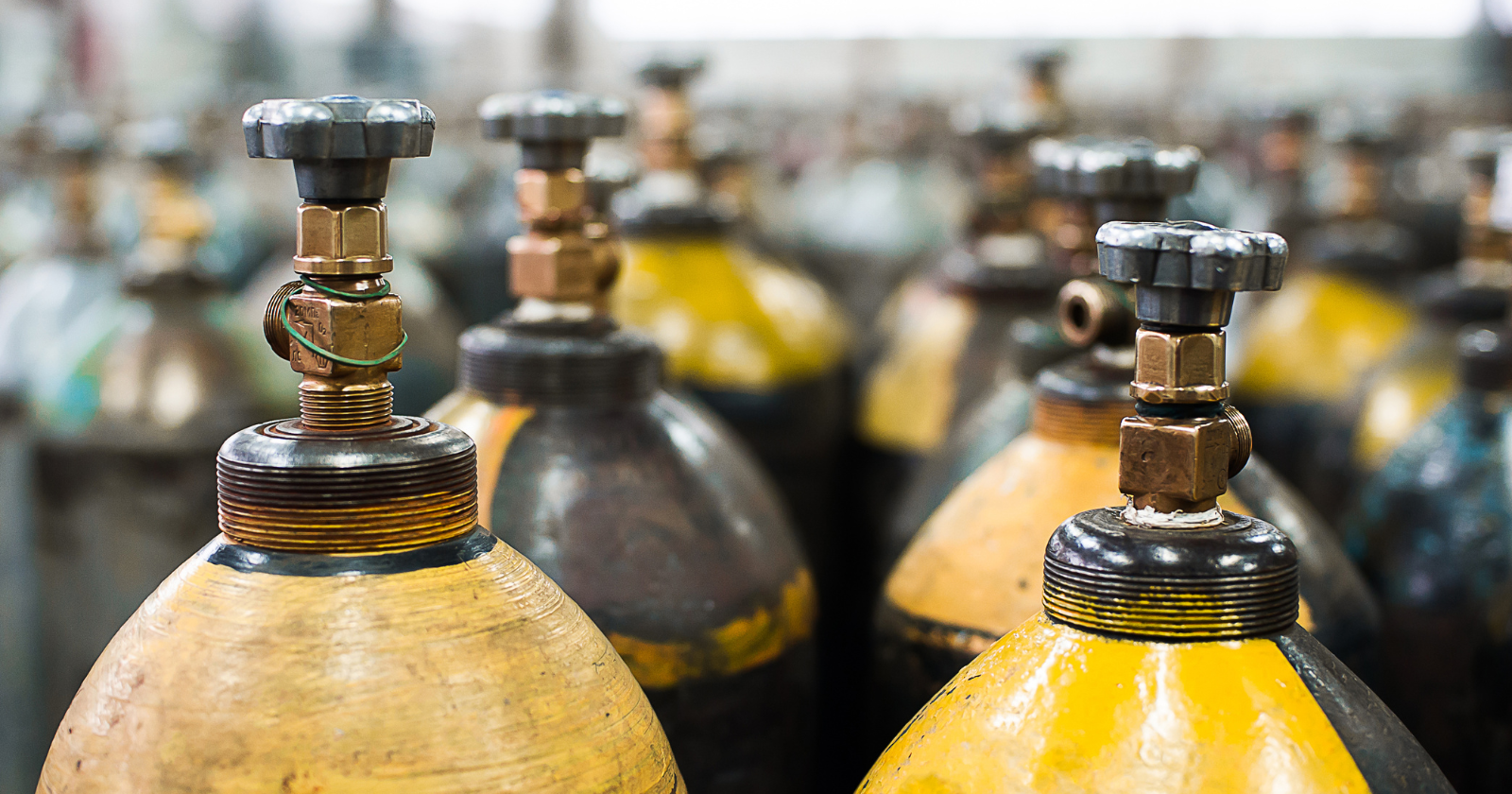Are you wondering how to get rid of oxygen tanks responsibly and safely? Whether you or a loved one have completed medical treatment or no longer require supplemental oxygen, proper disposal or donation of oxygen tanks is essential. In this guide, we will provide you with valuable insights on how to responsibly and effectively get rid of oxygen tanks. From recycling options to donation programs, we’ll explore various avenues to help you navigate the process and ensure proper handling of these tanks.
How To Get Rid Of Oxygen Tanks

Before disposing of or donating your oxygen tank, it is essential to assess its condition correctly. Start by checking for any remaining pressure in the tank. Follow the manufacturer’s instructions to release any residual pressure safely. This step is crucial to prevent accidents during handling and disposal.
Additionally, it’s crucial to inspect the tank for any hazardous materials that may be present. Some oxygen tanks may contain substances that require special handling or disposal procedures. Consulting with healthcare professionals or equipment suppliers is vital in this process. They can provide specific instructions based on the tank type and any potential associated hazards.
Healthcare professionals or equipment suppliers can guide you on the best practices for assessing and handling your oxygen tank. They can provide insights into potential risks and recommend appropriate steps.
By consulting with the experts, you can ensure that you handle your oxygen tank safely and responsibly. Their expertise and specific instructions will help you make informed decisions regarding the disposal or donation of the tank, promoting both personal safety and environmental considerations.
Getting Rid Of The Tanks
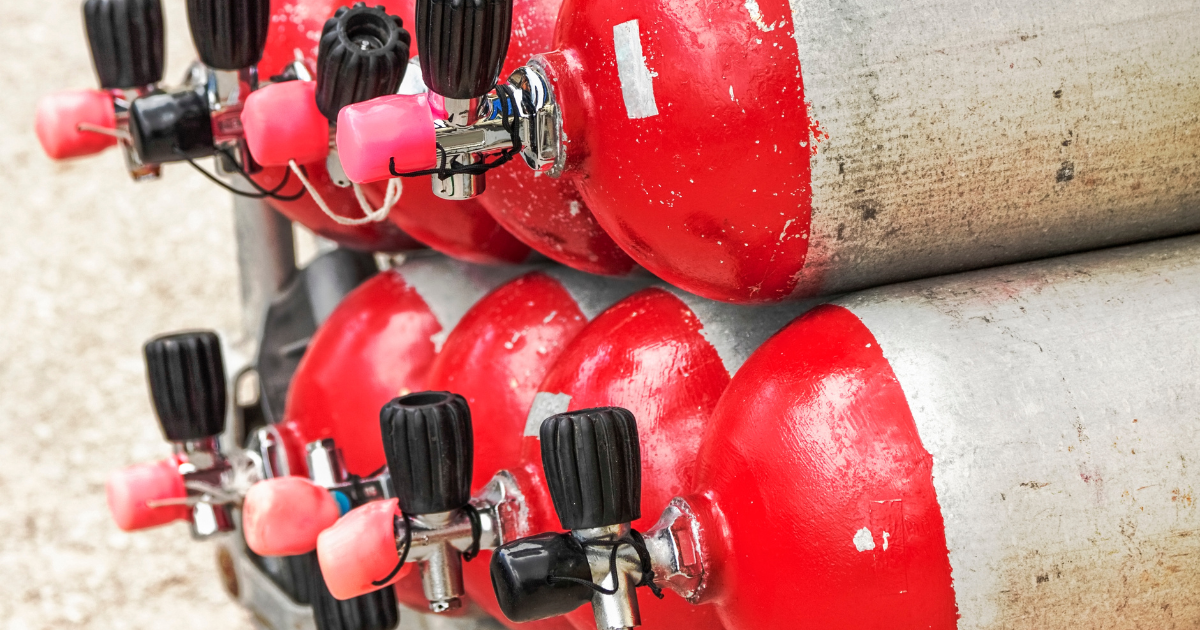
Recycling is an environmentally responsible choice when it comes to getting rid of oxygen tanks. Many local recycling centers or hazardous waste disposal facilities accept empty or expired oxygen tanks. Start by researching facilities in your area that specialize in handling pressurized containers. Contact them to inquire about their specific requirements for recycling oxygen tanks. Some facilities may require removing valves or regulators before recycling, while others may have specific drop-off locations or collection events.
Properly preparing your oxygen tank for recycling is crucial. Ensure that the tank is empty and devoid of any residual pressure. If you are unsure how to release the remaining pressure safely, consult your healthcare professional or equipment supplier. Follow their guidance to depressurize the tank before recycling safely.
Remember, oxygen tanks can be made of various materials, such as aluminum or steel. Recycling centers will have the expertise to handle these materials appropriately. By opting for recycling, you contribute to the conservation of resources and help prevent unnecessary waste from ending in landfills.
Always follow local regulations and guidelines regarding the recycling of oxygen tanks. Proper disposal ensures your safety and promotes a cleaner and healthier environment. You actively participate in sustainable waste management by choosing recycling as a disposal option.
Donation Programs
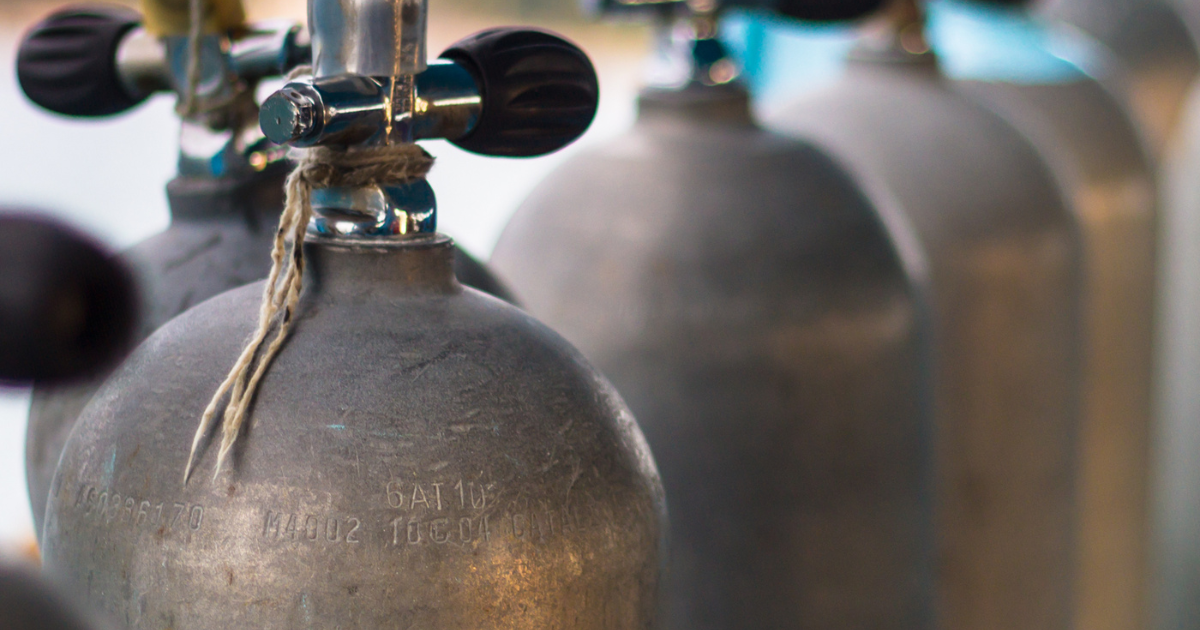
Donating your oxygen tank in good condition can make a significant difference in the lives of needy individuals. Several organizations and programs accept donated oxygen tanks and redistribute them to those who require them. By donating, you help individuals who may not have access to the necessary resources and contribute to reducing waste.
Research local healthcare organizations, charities, or medical supply organizations that facilitate the donation of medical equipment. They often have specific programs or initiatives dedicated to accepting donated oxygen tanks. Reach out to these organizations to inquire about their donation process, including any requirements or guidelines for donation.
The benefits of donating your oxygen tank are twofold. First, your donation can directly impact someone’s life by providing them with a vital medical resource they may not be able to afford. Second, donating reduces waste and promotes a more sustainable approach to healthcare. Rather than disposing of a usable oxygen tank, you give it a second life, benefiting individuals and the environment.
Remember to ensure that the oxygen tank is in good condition before donating. Follow any cleaning or preparation guidelines provided by the organization or program. By participating in donation programs, you become an integral part of a compassionate and sustainable healthcare ecosystem, positively impacting the lives of others and fostering a sense of community.
Returning to the Supplier
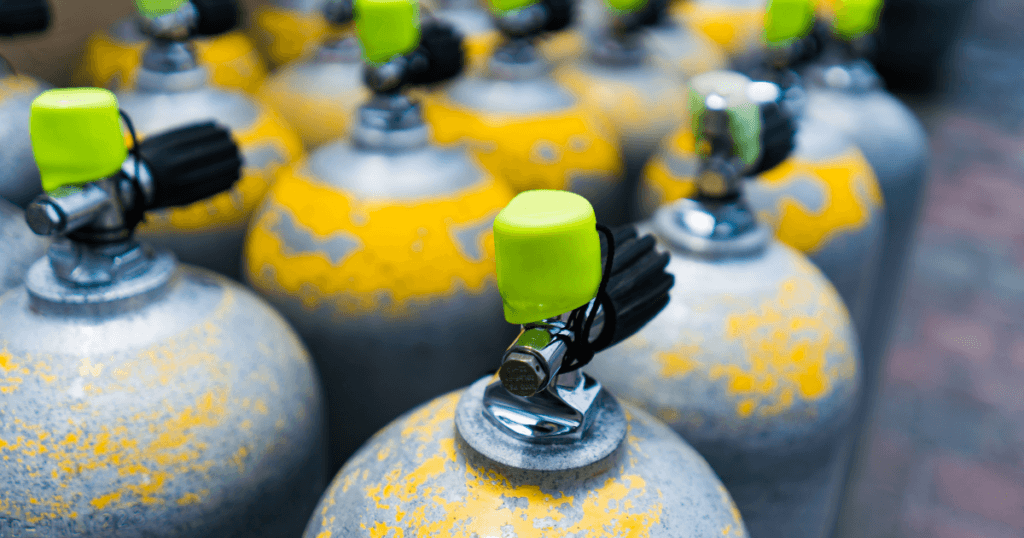
Call the original supplier or equipment provider if you are looking at How To Get Rid Of Oxygen Tanks. You can follow specific steps to ensure a safe and smooth process. Here is some guidance on returning the oxygen tank:
Contact the Supplier: Reach out to the supplier or equipment provider from whom you obtained the oxygen tank. Inquire about their policies and procedures for returning the equipment. They will provide specific instructions and may ask for relevant information, such as purchase details or equipment identification.
Prepare the Tank for Return: Before returning the tank, ensure it is empty and devoid of residual pressure. Follow the appropriate procedures provided by the supplier to depressurize the tank safely. Additionally, clean and sanitize the tank according to the supplier’s guidelines to maintain hygiene standards.
Packaging and Transportation: Pack the oxygen tank securely for transportation. Depending on the supplier’s instructions, you may need to use specific packaging materials or containers to ensure safe handling. Follow any guidelines provided regarding packaging, labeling, and shipping methods.
Documentation and Paperwork: Keep track of all relevant documentation associated with the return process. This may include invoices, receipts, or any paperwork the supplier provides. Take note of any return authorization numbers or reference codes if provided. This documentation ensures a transparent and documented transaction.
Shipping or Drop-off: Follow the supplier’s instructions regarding shipping the tank back to them or arranging a drop-off. They will provide the necessary details, such as shipping address, preferred courier, or designated drop-off points. Adhere to any timelines or deadlines specified to ensure a timely return.
Following these steps and adhering to the supplier’s instructions, you can safely return the oxygen tank. The supplier will handle the appropriate disposal or refurbishment of the tank as per their established procedures. Returning the tank to the original supplier ensures proper documentation and accountability for the equipment.
Always communicate with the supplier to address any questions or concerns. Their expertise and guidance will help ensure a successful return and a seamless conclusion to your oxygen tank usage.
Community Resources
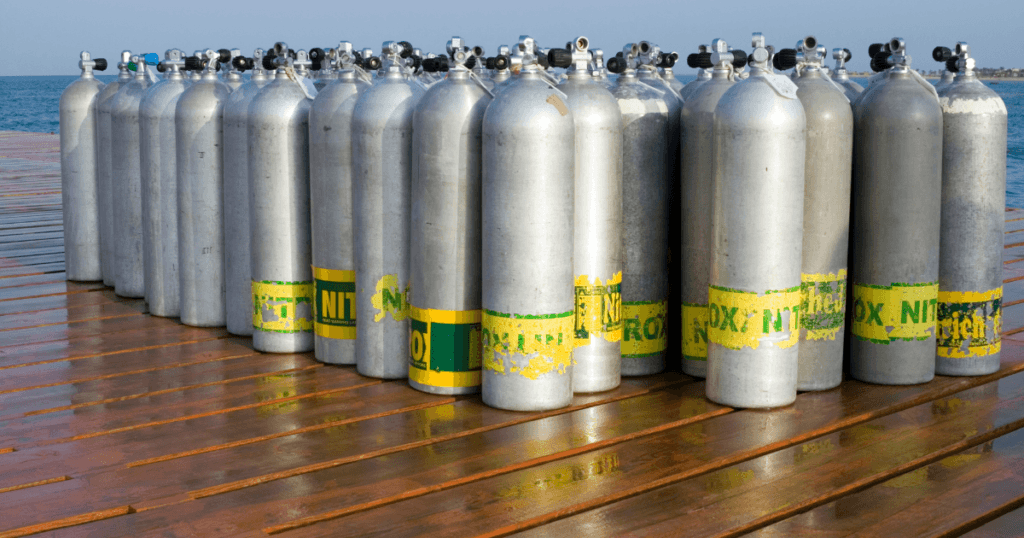
Regarding How To Get Rid Of Oxygen Tanks, local resources and community initiatives are often available for guidance and assistance. These resources can help you navigate the process and ensure your oxygen tank is handled appropriately. Here are some community resources you can explore:
- Local Health Departments: Contact your health department to inquire about their guidelines for disposing of oxygen tanks. They can provide information on proper disposal methods, recycling programs, or community initiatives focused on medical equipment.
- Medical Equipment Rental Companies: Contact local medical equipment rental companies. They may have specific programs or recommendations for returning or donating oxygen tanks. These companies often have extensive knowledge and resources related to medical equipment management.
- Non-Profit Organizations: Investigate non-profit organizations specializing in donating or donating medical equipment. These organizations may accept donated oxygen tanks and ensure they reach needy individuals. Examples include organizations focused on healthcare accessibility or assisting individuals with medical challenges.
- Online Resources and Directories: Explore online resources and directories that provide information on local programs or services related to medical equipment disposal or donation. These resources may include contact details, websites, or databases that can connect you with relevant organizations or initiatives.
- Community Outreach Programs: Stay informed about community outreach programs that periodically hold events focused on medical equipment collection or recycling. These events may provide a convenient and centralized location for dropping off your oxygen tank or connecting with local resources.
Use relevant keywords when searching online, such as “medical equipment donation [your location],” to find more specific community resources. Additionally, consult local directories or community bulletin boards for information on local initiatives.
By utilizing these community resources, you can access valuable guidance and assistance for the proper disposal or donation of your oxygen tank. They can provide specific instructions, connect you with the right organizations, and ensure that your actions align with the best practices of your community.
Safety Considerations

Throughout the disposal or donation process of oxygen tanks, it is crucial to prioritize safety and adhere to proper protocols. Here are some important safety tips to keep in mind
- Handle with Care: Treat oxygen tanks carefully to prevent damage or accidents. Avoid dropping or bumping them, as they can be sensitive to impact. Be cautious around valves and regulators to prevent unintentional release of oxygen or injury.
- Ventilation: Ensure proper ventilation in the storage or disposal area. Oxygen tanks should be stored in well-ventilated spaces, away from open flames, heat sources, or flammable materials. Adequate airflow helps dissipate any potential oxygen buildup.
- Transportation Safety: When transporting oxygen tanks, secure them upright to prevent tipping or rolling. Use appropriate restraints or supports to keep them in place. Avoid leaving tanks unattended in a vehicle, especially in extreme temperatures.
- Labeling: Clearly label oxygen tanks to indicate their contents. This helps prevent confusion and ensures that proper safety measures are observed. Use caution signs or “flammable” labels when applicable.
- Proper Disposal Techniques: If disposing of the oxygen tank, follow specific guidelines provided by local authorities, recycling centers, or hazardous waste facilities. Some tanks may require special procedures before disposal, such as valve removal or depressurization. Adhere to these guidelines to minimize risks and environmental impact.
- Donation Eligibility: Ensure that donated oxygen tanks meet the eligibility criteria set by donation programs or organizations. Tanks should be in good condition, with all necessary components, and functioning properly. Donating damaged or expired tanks may pose risks to recipients and should be avoided.
- Professional Guidance: Consult healthcare professionals, equipment suppliers, or other experts for specific safety instructions and guidance. They can provide insights based on the type of tank, individual health considerations, and any unique circumstances.
By following these safety considerations, you can minimize potential risks and promote a secure environment during the disposal or donation. Safety should always be a top priority to protect yourself, others involved, and the surrounding environment.
Final Thoughts
Proper disposal or How To Get Rid Of Oxygen Tanks is paramount. Throughout this blog post, we have discussed the key steps and considerations involved in responsibly getting rid of oxygen tanks. By following these guidelines, you can ensure the safety of yourself, others, and the environment.
We began by emphasizing the significance of responsible handling, including assessing the tank’s condition and consulting with healthcare professionals or equipment suppliers for specific instructions. We then explored various options, such as recycling and donation programs, highlighting their benefits in helping those in need and reducing waste.
Furthermore, we discussed How To Get Rid Of Oxygen Tanks to the original supplier or equipment provider, ensuring safe return and proper documentation. We also mentioned the availability of community resources that can offer guidance and assistance during the disposal or donation process.
Lastly, we emphasized the importance of following safety protocols throughout the process, from handling and transportation to storage and disposal. By prioritizing safety, we can prevent accidents, protect the environment, and ensure the well-being of the individuals involved.
We hope this blog post has provided valuable insights and guidance for handling oxygen tanks. We encourage you, our readers, to take the necessary steps to ensure the proper disposal or donation of your oxygen tanks. By doing so, you contribute to a safer and more sustainable approach to healthcare and make a positive impact on the lives of others.
Q: Why is it important to dispose of oxygen tanks properly?
A: Proper disposal of oxygen tanks is essential for safety reasons. If not disposed of correctly, they can become potential hazards, leading to explosions or fires. Additionally, improper disposal can harm the environment.
Q: Can I throw away an oxygen tank in regular trash?
A: No, you should never throw away an oxygen tank in regular trash. Doing so poses a risk of injury to sanitation workers and can lead to potential hazards.
Q: How do I know if my oxygen tank is empty?
A: You can check the pressure gauge on the tank. If it reads zero, the tank is empty. However, even if the tank is empty, it still contains residual oxygen and should be handled with care.
Q: How should I prepare my oxygen tank for disposal?
A: Before disposing of an oxygen tank, ensure it’s completely empty. Remove any regulators or valves and cap the tank. Mark the tank as “EMPTY” to alert others.
More Oxygen Articles Here
- How Long On Oxygen After Surgery
- How To Make Oxygen Absorbers For Food Storage
- How To Increase Oxygen In the Brain
